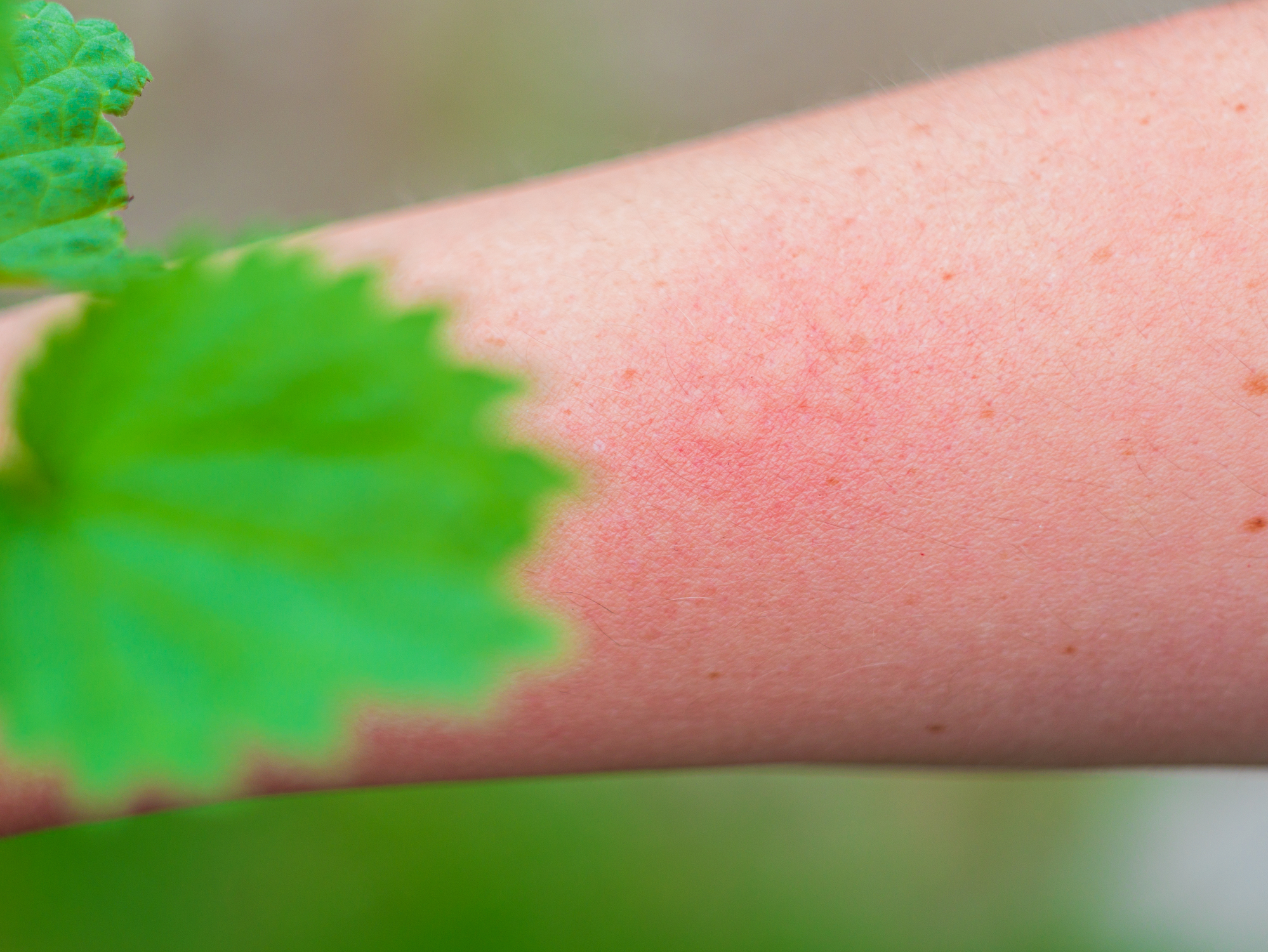Diving Deep into the Realm of Contact Dermatitis: Five Keys to Understanding This Common Skin Condition
Contact Dermatitis, an inflammatory skin condition, is largely characterized by red, itchy, and inflamed skin. It's primarily a result of direct skin contact with harmful substances or allergens. There are two types, irritant contact dermatitis, the most common type, and allergic contact dermatitis. This distinction is often discerned through the nature of the irritant and individual skin reactions.
Irritant Contact Dermatitis is typically caused by a foreign substance disrupting the outer layer of the skin. This can include cleaners, detergents, or industrial chemicals. On the other hand, Allergic Contact Dermatitis is initiated by an allergic reaction to a specific substance, such as certain metals, fragrances, or plants like poison ivy or nickel.
These conditions manifest physically in a number of ways, including severe itching, red rashes, blistering, and burning sensation on the skin. Swelling, scaling, or crusting may also occur, and sometimes, these symptoms could develop into chronic dermatitis if not adequately addressed.
Decoding Triggers and Allergens

Understanding the triggers and allergens behind contact dermatitis is crucial for effective management. A noteworthy point is that what causes a reaction for one person might not affect another. Many substances in the environment can cause contact dermatitis, including cosmetics, rubber, metal, latex, plants, hair dyes, and medications, among others.
Exposure to these substances can be through direct contact, airborne particles, or indirect contact with another material. For example, if your skin reacts to certain makeup items, it could be because these products contain allergens like fragrances or preservatives, which can trigger an allergic reaction.